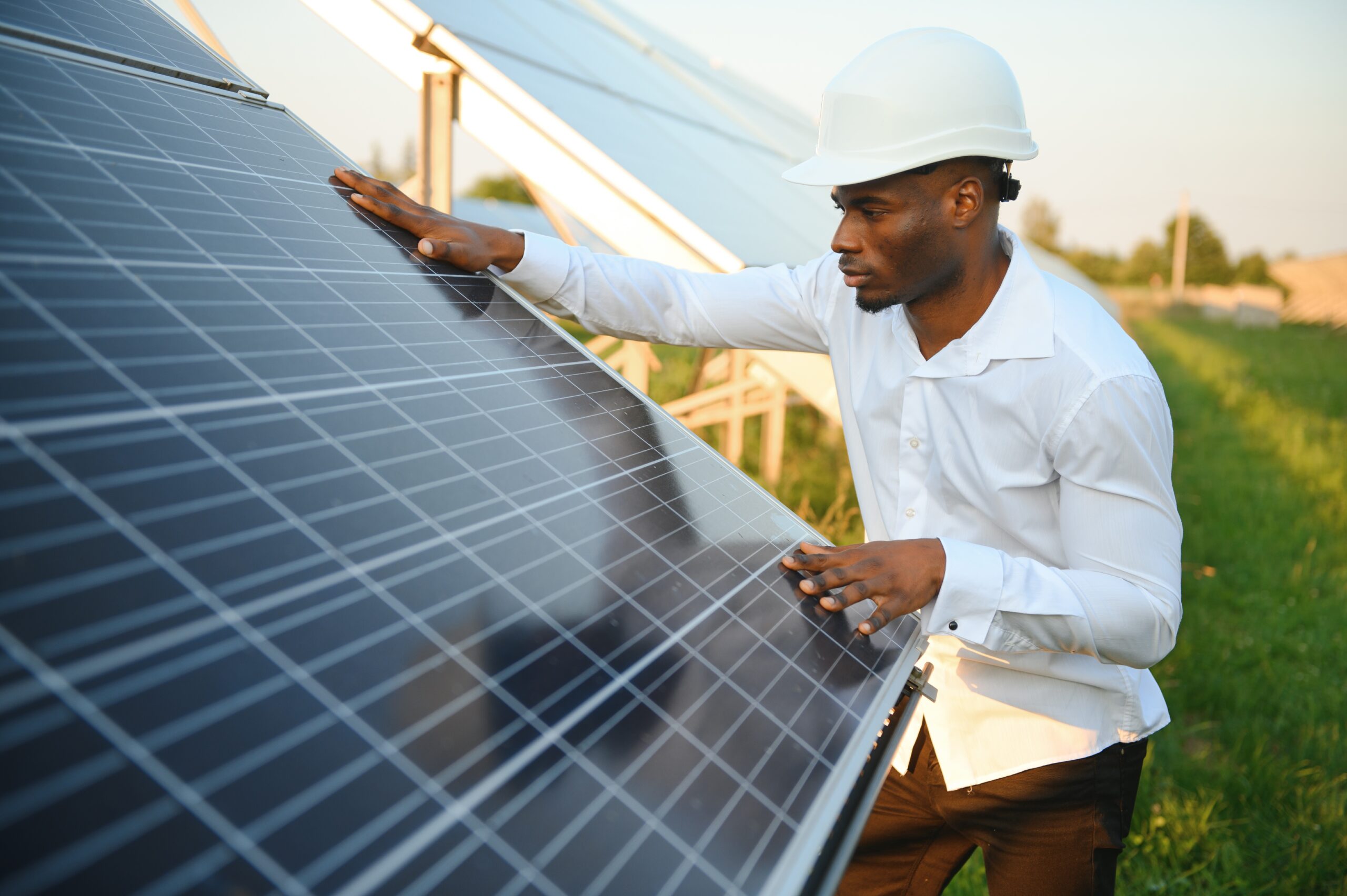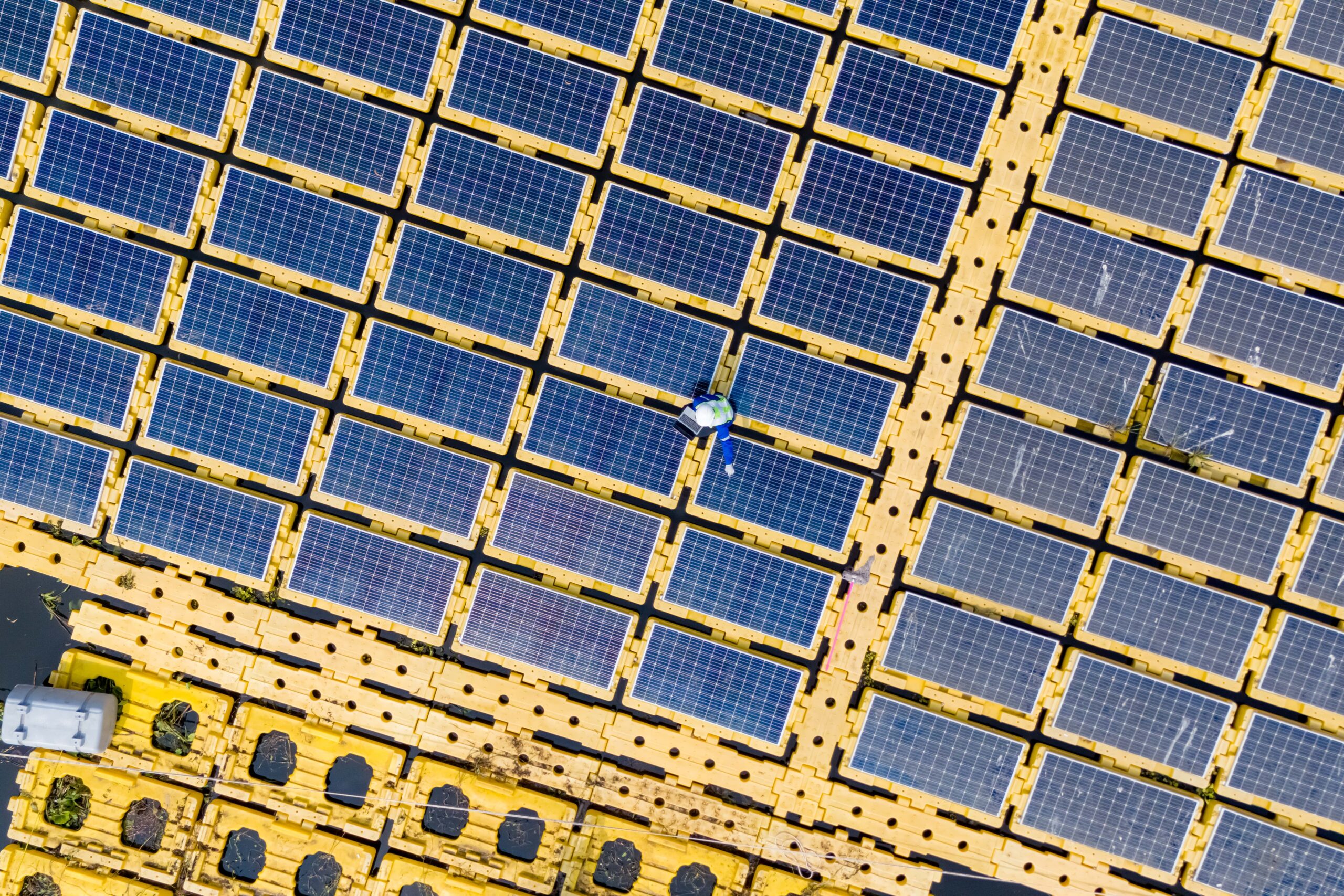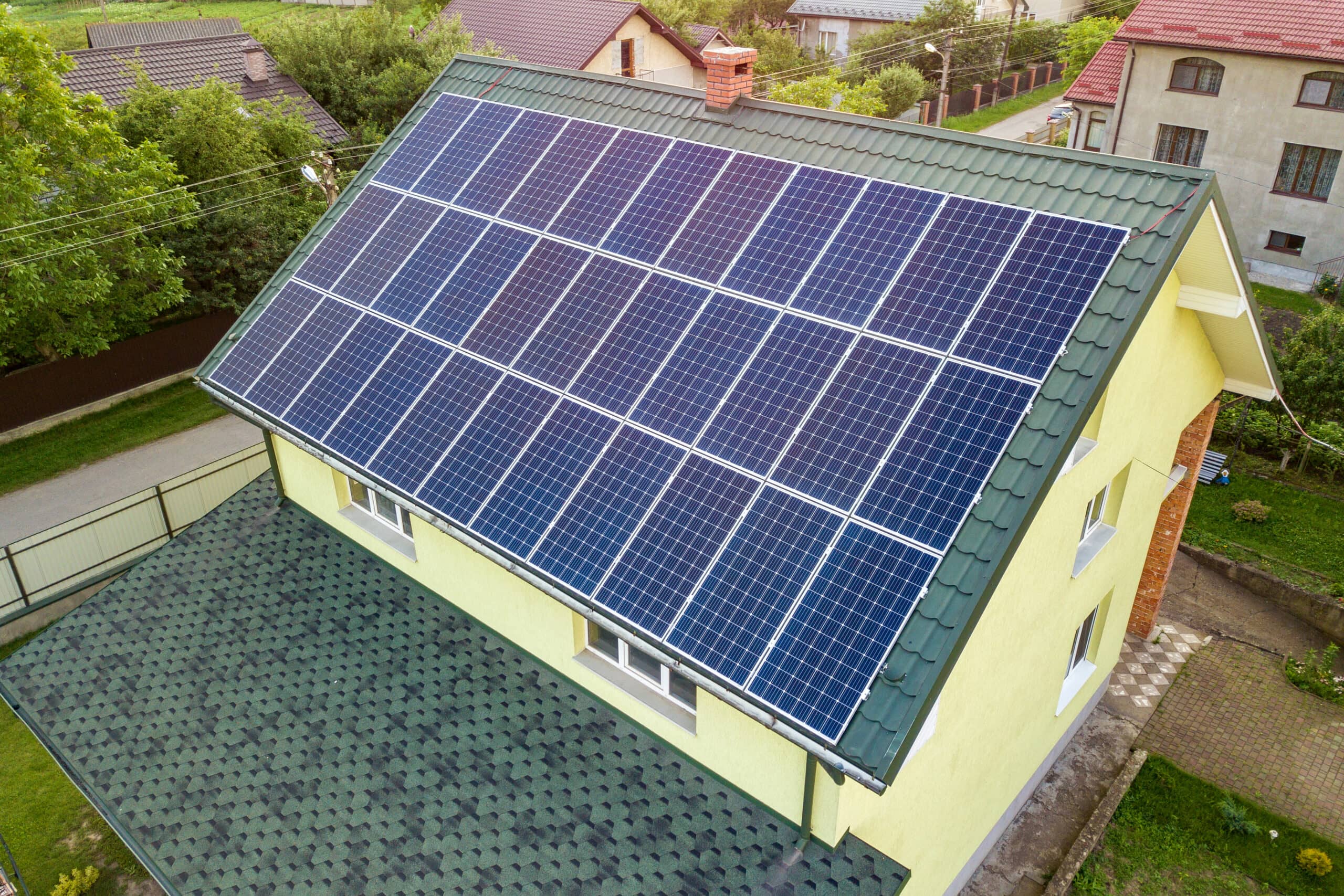Solar energy has recently been recognized as a sustainable and renewable energy source. Understanding the different types of solar energy systems becomes crucial as the world shifts towards greener alternatives. In this article, we dig into the realm of solar energy systems, specifically focusing on the three main types: grid-tied, off-grid, and hybrid. By exploring each system’s unique characteristics, advantages, and disadvantages, we aim to provide a comprehensive comparison that will shed light on the best fit for your various energy needs. Join us on this enlightening journey as we navigate the world of solar energy systems.
Grid-tied solar systems are a smart choice for homeowners who want to harness solar energy while staying connected to the local utility grid. These systems generate electricity from solar panels, convert it into usable AC power through inverters, and then feed any excess electricity back into the grid for others to use. The metering system tracks the energy produced and sent to the grid, allowing homeowners to receive credits for the surplus power they contribute.
One of the standout benefits of grid-tied systems is their affordability. The upfront costs are lower than off-grid systems since they don’t require expensive battery storage. Another advantage is the potential to earn net metering credits. Homeowners can offset their energy costs by selling excess electricity to the grid or making a profit. Furthermore, the absence of batteries simplifies maintenance and eliminates the need for periodic battery replacements, saving time and money in the long run.
Despite their advantages, grid-tied systems have limitations. During power outages, these systems automatically shut down to prevent backfeeding electricity into the grid, which could endanger utility workers. This means homeowners won’t have power during blackouts unless they invest in additional backup solutions like generators. Moreover, the performance of grid-tied systems depends on the utility grid’s stability and reliability, which may affect energy production in certain circumstances.
Grid-tied solar systems are best suited for areas with a dependable grid infrastructure where power outages are rare. They are an excellent choice for homeowners looking to reduce their electricity bills without making a substantial initial investment in energy storage. By leveraging the grid-tied system’s ability to sell excess power back to the grid, homeowners can maximize their savings and contribute to a more sustainable energy future.
Off-grid solar systems are designed to operate independently of the utility grid, providing complete energy autonomy for homeowners. These systems are commonly used in remote locations where grid connection is either impractical or too costly. Critical components of an off-grid system include solar panels to generate electricity, inverters to convert DC power to AC power, battery storage to store excess energy for use when the sun isn’t shining, charge controllers to regulate the flow of electricity to the batteries, and optional backup generators for added reliability.
One of the primary advantages of off-grid systems is their complete energy independence. Homeowners with off-grid systems are unaffected by grid outages, ensuring a continuous power supply even in remote locations. Additionally, off-grid systems eliminate utility bills and the reliance on external power sources, providing long-term savings and environmental benefits.
However, off-grid systems come with some drawbacks. They typically have higher upfront costs compared to grid-tied systems due to the need for extensive battery storage and backup systems. Improper sizing or management of the system can lead to energy shortages, highlighting the importance of careful planning. Moreover, off-grid systems require regular maintenance of batteries and backup systems to ensure optimal performance.
Off-grid solar systems are best suited for remote locations where access to the utility grid is limited or unavailable. They are ideal for individuals seeking total energy, autonomy and self-sufficiency. By harnessing solar energy and storing it in batteries for later use, homeowners can enjoy reliable electricity without relying on external power sources.
Hybrid solar systems offer a blend of grid-tied and off-grid features, providing homeowners with flexibility and reliability. These systems combine the benefits of grid-tied systems with the added security of battery storage for backup power during outages. Critical components of hybrid systems include solar panels for electricity generation, inverters to convert DC power to AC power, battery storage to store excess energy, charge controllers to manage the flow of electricity, and a connection to the grid for added flexibility.
One of the main advantages of hybrid systems is the flexibility they offer. Homeowners can draw power from the grid when needed or use stored solar energy, providing control over their energy usage. Additionally, hybrid systems provide backup power during grid outages, enhancing reliability and ensuring continuous electricity supply. These systems also offer the potential for net metering benefits, allowing homeowners to sell excess energy back to the grid while having the security of stored power.
Despite their benefits, hybrid systems come with some drawbacks. They tend to have higher costs than traditional grid-tied systems due to the need for battery storage. The installation and maintenance of hybrid systems can be more complex, requiring careful planning and upkeep to ensure optimal performance.
Hybrid solar systems are well-suited for areas with unreliable grid infrastructure where outages are expected. They are ideal for homeowners looking to balance grid independence and cost efficiency. By combining the advantages of grid-tied and off-grid systems, hybrid systems offer a versatile solution that can adapt to varying energy needs and external conditions.
When comparing hybrid solar systems and traditional grid-tied systems in terms of cost, it’s essential to consider the initial investment and long-term financial implications. Hybrid systems typically involve a higher initial investment due to the added cost of battery storage. However, over the long term, hybrid systems can offer significant savings through net metering benefits, energy savings, and reduced reliance on the grid during peak times. The return on investment (ROI) for hybrid systems can be favourable, especially in areas with high electricity costs and unreliable grid infrastructure.
Regarding reliability and resilience, hybrid systems provide backup power during outages compared to traditional grid-tied systems. Hybrid systems can seamlessly switch to stored energy when the grid goes down, ensuring a continuous power supply. This enhances energy security and independence for homeowners, particularly in areas prone to power outages or grid instability.
Maintenance requirements for hybrid solar systems and grid-tied systems differ. Hybrid systems, including battery storage, may require more maintenance to ensure the optimal performance of both the solar panels and the batteries. However, technological advancements have improved batteries’ lifespan in hybrid systems, with many lasting 10-15 years or more. Traditional grid-tied systems typically have lower maintenance needs but may require continuous upgrades to remain efficient.
When assessing the environmental impact of hybrid and grid-tied systems, both have their benefits and drawbacks. Hybrid systems reduce carbon footprint by allowing homeowners to generate and store clean energy, reducing reliance on fossil fuels. However, the manufacturing and disposal of batteries in hybrid systems can have environmental implications. Grid-tied systems also help reduce carbon emissions by utilizing solar energy but may offer a different level of sustainability and independence than hybrid systems.






